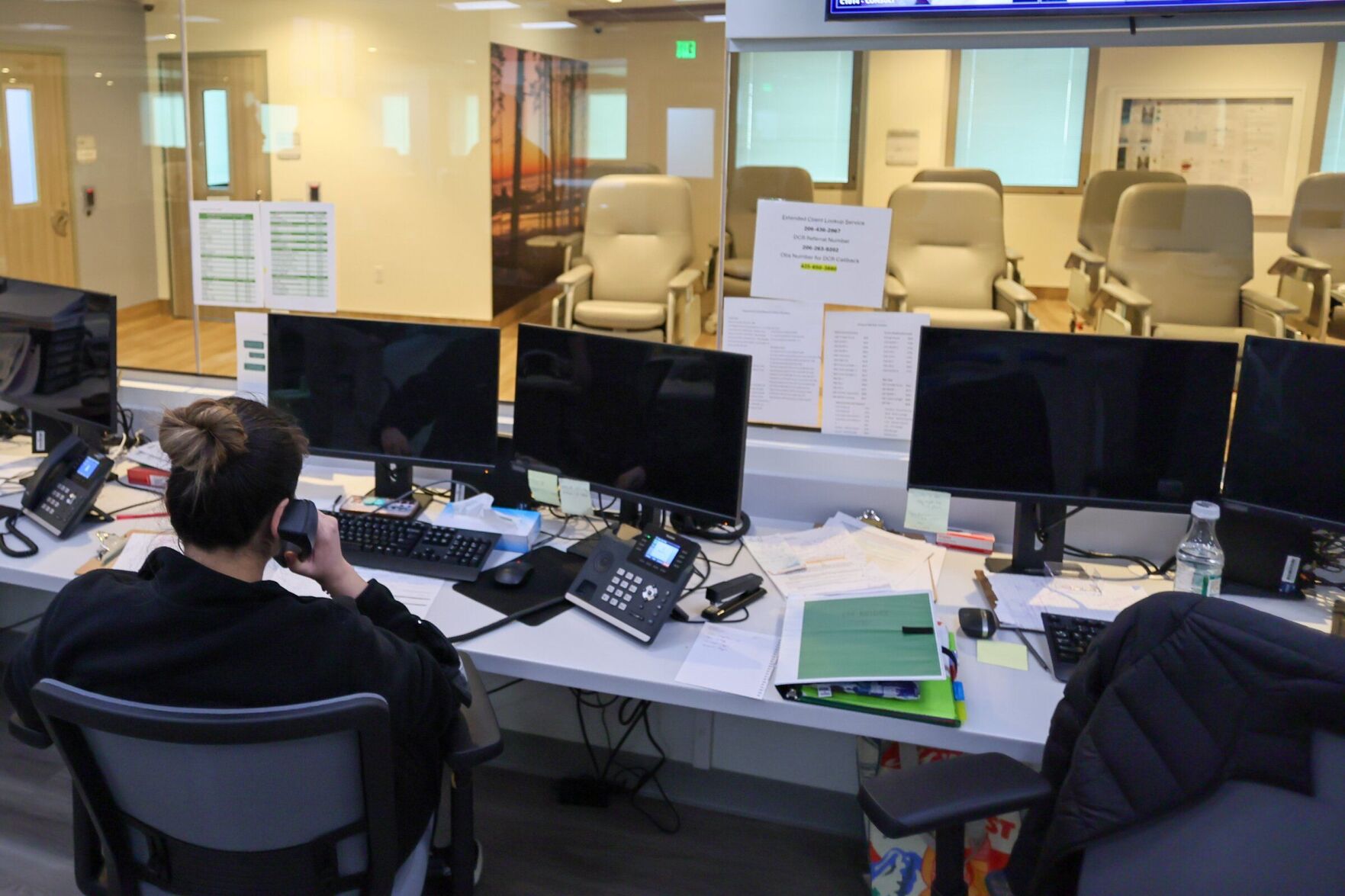The commercial real estate (CRE) industry is undergoing a significant transformation, driven by economic shifts, technological advancements, and changing societal needs. As we approach 2025 and beyond, understanding the key trends shaping the future of CRE is essential for investors, developers, and stakeholders aiming to navigate this evolving landscape successfully.
The Future of Commercial Real Estate: Key Trends to Watch

Economic Challenges and Rising Interest Rates
Global economic uncertainties, characterized by elevated interest rates and inflation, are impacting the CRE market. While some optimism exists for a potential recovery by 2025, the industry faces challenges such as interest rate fluctuations and concerns about economic slowdowns affecting net operating income (NOI) growth. Investors are urged to remain cautious as these economic headwinds make decision-making more complex.
The Impact of Hybrid Work Models
The shift towards hybrid and remote work arrangements has led to increased office vacancies, a trend expected to continue in the coming years. Office attendance remains below pre-pandemic levels, and simulations predict that demand for office space could drop significantly in major cities. Despite this, there is still demand for high-quality offices, as companies seek to provide superior amenities to attract employees back to the workplace.
The Rise of PropTech and AI Integration
Technology is playing an increasingly vital role in the CRE sector. The integration of PropTech is essential for streamlining operations and optimizing productivity. Companies are adopting AI-powered real estate management platforms to automate tasks, analyze data, and enhance decision-making processes. Additionally, the use of AI in strategic decision-making is transforming how organizations manage their portfolios, enabling them to identify risks and optimize assets more effectively.
Demand for Data Centers and AI Advancements
The rapid advancement of AI technologies has increased the demand for data centers. This trend presents CRE businesses with opportunities to offset revenue losses from decreased office space demand by investing in data center properties. For instance, significant transactions like Blackstone’s acquisition of a data center operator highlight the growing importance of data centers in the investment landscape. However, this shift also brings environmental concerns, necessitating the integration of sustainable practices.
Sustainability Initiatives and ESG Compliance
Sustainability has become a critical focus in the CRE industry. Rising energy prices and stricter building regulations are prompting companies to adopt eco-friendly practices to reduce costs and meet regulatory requirements. Implementing measures such as solar power systems and energy-efficient upgrades is essential for compliance with emerging ESG (Environmental, Social, and Governance) standards. Climate change poses a significant risk, and companies that lag in sustainability efforts may face financial penalties or risk obsolescence.
Flexible Leasing and the Growth of Coworking Spaces
There is a pronounced shift towards flexible leasing arrangements, moving away from rigid, long-term leases. This flexibility allows enterprises to adapt their real estate needs based on current usage patterns and market conditions. Furthermore, the global growth of coworking spaces reflects a change in how businesses operate, valuing adaptability and collaborative environments.
Repurposing of Commercial Spaces
With changing work and lifestyle patterns, there is a growing trend of repurposing underutilized commercial properties. CRE companies are exploring opportunities to convert Class B and Class C real estate properties into residential or mixed-use buildings, addressing both the surplus of vacant office spaces and the demand for housing in urban areas. This strategy allows developers to breathe new life into obsolete properties and meet evolving market needs.
Emphasis on Human Experience and Workplace Design
To attract talent and foster collaboration, companies are prioritizing the human experience in workplace design. The integration of wellness amenities and modern facilities is essential in creating environments that enhance employee satisfaction and productivity. By focusing on the needs of the workforce, businesses aim to create office spaces that are both functional and appealing.
Adapting Investment Strategies and Embracing Innovation
Investors are becoming increasingly selective about their real estate exposure, favoring sectors like the living sector and industrial assets that capitalize on socioeconomic and technological shifts. The need for strategic leadership and technological competencies is prompting organizations to reevaluate their investment strategies, focusing on scaling capabilities, embracing AI, and enhancing sustainability efforts.
Conclusion
The future of commercial real estate is being shaped by a confluence of economic, technological, and societal shifts. Success in this evolving landscape will depend on the industry’s ability to adapt to new realities, embrace technological innovations, and prioritize sustainability. By reimagining business models and exploring new revenue streams, CRE companies can prepare for future opportunities while mitigating risks. Stakeholders who remain agile and forward-thinking are well-positioned to thrive in the dynamic world of commercial real estate.











